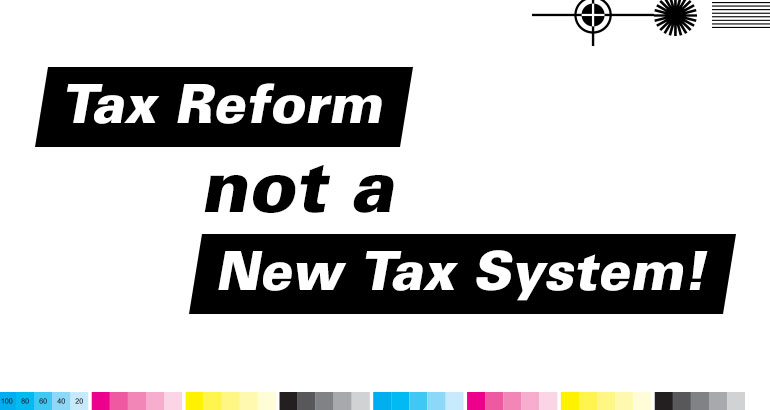Working Capital Control
Successful business is about investing in the right ideas, the right equipment, and the right people. And to invest businesses need capital – either from the owners, from retained profits or from others willing to advance credit or loans.
There are two types of capital need: for ‘fixed capital’ to invest in things such as buildings, plant and equipment; and ‘working capital’ principally to pay for stock and to cover the amount of credit extended to customers.
Fixed capital, as the name implies, tends not to vary in the short term but to move up (or down) in jumps when major investment decisions are made (or assets sold). Working capital, on the other hand, is much more fluid and fluctuates with the level of business. The working capital cycle links directly with the cash operating cycle.
Working capital comprises short term net assets: stock, debtors, and cash, less creditors. Working capital management then is to do with management of all aspects of both current assets and current liabilities, so as to minimise the risk of insolvency while maximising return on assets.
Even profitable companies fail if they have inadequate cash flow. Liabilities are settled with cash not profits. The primary objective of working capital management is to ensure that sufficient cash is available to:
–

